All You Need to Know About UBIT, UBTI, and UDFI

Estimated reading time: 10 minutes
Whether it’s IRAs, HSAs, EINs, or RMDs, the Internal Revenue Service (IRS) loves their initialisms.
Of all the alphabet soup terms that self-directed IRA (SDIRA) holders have to contend with, three of the most important are UBIT, UBTI, and UDFI.
Understanding each of these concepts is essential to ensure your SDIRA is complying with the IRS regulations and fulfilling its tax liability.
In this blog post, we'll demystify UBIT, UBTI, and UDFI, breaking down their definitions, why they apply, and the strategies you can employ to manage their impact. Keep reading to gain the clarity required to navigate these tax considerations and invest with confidence.
Table of Contents
- An Overview of UBIT, UBTI, and UDFI
- Why Do I Owe Taxes in My Tax-Advantaged IRA?
- How Do I Know If My SDIRA Owes UBIT?
- How to Calculate UBIT
- How to Calculate UDFI
- UBIT and UDFI Frequently Asked Questions
- Deepen Your UBIT and UDFI Knowledge
An Overview of UBIT, UBTI, and UDFI
In essence, UBIT, UBTI, and UDFI are regulatory measures designed to ensure that tax-exempt organizations and accounts do not exploit their tax-exempt status. Here’s a brief overview of each term:
What is UBIT?
UBIT stands for "unrelated business income tax." It is a tax imposed by the IRS on the income generated by tax-exempt organizations, including certain income earned by IRAs and other tax-advantaged accounts. In general, income subject to UBIT is derived from business activities unrelated to the primary purpose of the account or organization.
For example, if a nonprofit university regularly sells branded merchandise unrelated to its educational mission, the income from those sales could be subject to UBIT.
What is UBTI?
UBTI stands for "unrelated business taxable income." It is the specific income within an IRA or other tax-exempt account that is subject to unrelated business income tax (UBIT). However, UBTI includes income from activities that are not substantially related to the tax-exempt purpose of the account or organization, such as income from operating a business within an IRA.
Expanding upon the university example, all income generated by t-shirt and sweater sales by the university could be classified as UBTI. That unrelated business taxable income (UBTI) would then be subject to unrelated business income tax (UBIT).
If you get confused between the two, the main thing to focus on is the last letter of each initialism:
- UBTI = income
- UBIT = tax
What is UDFI?
UDFI stands for "unrelated debt-financed income." UDFI is a subset of UBTI and refers to the income generated by an IRA or other tax-exempt account through the use of debt or leverage. When an IRA borrows money to make an investment, any income generated by that leveraged investment may be considered UDFI and subject to tax.
For example, let’s say your IRA takes out a non-recourse loan to pay for 40% of a multifamily property. Then, 40% of the gross income generated by that property will be considered UDFI and subject to UBIT.
Why Do I Owe Taxes in My Tax-Advantaged IRA?
Perhaps you’ve noticed already, but UBIT, UBTI, and UDFI all begin with the same word: unrelated.
In the eyes of the IRS, the purpose of an IRA is to “set aside money for retirement,” not to minimize tax liability for any business that happens to be held in an IRA.
When you use your IRA to invest in, for example, a limited partnership that runs a restaurant, the “active” income generated by the restaurant is deemed unrelated to the primary purpose of the IRA.
On the other hand, the “passive” income generated by your IRA in the form of interest, dividends, rents and royalties for example, are not subject to UBIT, and are not taxable.
Now, you may be thinking, ‘This doesn't make sense — I’m saving the income in my IRA to provide financial security in retirement. Why do I have to pay tax?’
That may be true, but UBIT or UDFI serve another purpose beyond raising tax revenues — they help foster a competitive economy.
Originally introduced in 1950, UBIT aimed to prevent tax-exempt organizations, including 501(c) nonprofits, from gaining an unfair tax advantage by engaging in business activities unrelated to their primary tax-exempt purpose.
Imagine if all nonprofits who sell food or merchandise could always undercut the prices of regular businesses, simply because they had lower tax liability than the competition? That would create an anti-competitive environment.
So, when such organizations generate income from business activities unrelated to the primary purpose of their organization, that income becomes taxable.
This rule was extended to IRAs as soon as they were established in the 1970s to serve a similar purpose. So, while the taxation of certain IRA income may seem counterintuitive, remember that it's a regulatory measure aimed at maintaining tax fairness and healthy market competition.
How Do I Know If My SDIRA Owes UBIT?
Understanding whether your SDIRA owes UBIT can be a complex process. The most reliable way to determine your tax liability is to consult a trusted tax advisor. However, there are certain key indicators to help you identify if your IRA might be subject to UBIT:
Criteria for UBIT Applicability
UBIT generally applies if the income your IRA generates meets all of the following criteria:
- Trade or business activity: The income must come from a trade or business activity, such as selling goods or services.
- Regular occurrence: The activity should be regular, for instance, generating monthly or quarterly income.
- Unrelated to tax-exempt status: The business activity should not be related to the IRA's tax-exempt purpose.
Common IRA Investments That May Incur UBIT
Certain investments are more likely to generate UBIT, including:
- Frequent real estate transactions: Involves the repetitive buying and selling of numerous real estate properties throughout the year.
- Income-generating businesses: Includes operations like restaurants, convenience stores, hotels, or gas stations that produce regular income.
- Private lending as a business: Involves engaging in numerous private loans within a year, indicating a lending business.
- Investments using third-party loans: For instance, real estate purchased with a non-recourse loan.
- Limited partnerships (LP)
- Limited liability companies (LLC)
How to Calculate UBIT
Calculating UBIT can be complex, especially when it involves an income-generating business owned by your SDIRA. Here’s a simplified example to illustrate the basic process:
Example Scenario: Owning a Pizza Parlor in Your SDIRA
- Determine Gross Income: The pizza parlor generates $200,000 in gross income annually.
- Deduct Operating Expenses: Assume you have the following annual business expenses:
- Rent: $40,000
- Ingredients: $30,000
- Salaries and Wages: $60,000
- Equipment and Supplies: $20,000
- Total Expenses = $40,000 + $30,000 + $60,000 + $20,000 = $150,000
- Calculate Net Income: Net Income = Gross Income - Expenses
- Net Income = $200,000 - $150,000 = $50,000
- Apply UBIT Tax Rate: UBIT is calculated using trust tax rates, which are generally graduated. For simplicity, let’s use a flat tax rate of 35% (actual rates will vary).
- UBIT = Net Income * Tax Rate
- UBIT = $50,000 * 35% = $17,500
- Pay UBIT Liability: In this simplified example, your SDIRA would owe $17,500 in UBIT for the year on the income generated by the pizza parlor.
- Remember, the IRA owns the investment, not you. So, all applicable taxes must be paid using funds from the IRA, not your personal finances.
Important Considerations:
- Deductions: Specific business deductions (like depreciation) might further reduce taxable income.
- Graduated Tax Rates: UBIT tax rates are graduated; the actual calculation will be more complex than our example above and should be based on current trust tax tables.
- State and Local Taxes: Depending on the location, there may be state and local taxes applicable in addition to federal UBIT.
To reiterate, this example is a basic illustration. In real-world scenarios, numerous additional factors would need to be considered. A tax professional can provide comprehensive guidance tailored to your specific situation.
How to Calculate UDFI
When your IRA uses borrowed funds to acquire a rental property, the taxable portion of the property's income is determined based on the ratio of the loan to the property's value. Essentially, the tax applies to the income attributable to the financed part of the property, recognizing that the IRA wouldn't have been able to own the property without the borrowed funds.
This concept is known as acquisition indebtedness, and it’s crucial to properly calculating UDFI, as demonstrated in the following formula:
UDFI = (Average Acquisition Indebtedness / Average Adjusted Basis) × Gross Income
Before we dive into an example, let’s define terms.
Acquisition Indebtedness
If a property has an associated debt, it is financed “under acquisition indebtedness.” This encompasses the outstanding amount of:
- Indebtedness accrued during the acquisition or improvement of the property.
- Indebtedness taken on prior to the property's acquisition or improvement, contingent on it being tied to such actions.
- Indebtedness acquired post-acquisition or improvement, provided it was reasonably foreseeable during the property's acquisition or improvement.
For a deeper understanding of acquisition indebtedness, the Internal Revenue Code provides specific examples for each debt scenario.
Average Adjusted Basis
In essence, the adjusted basis of an investment property is the value of the property. This takes into account the original purchase price, any improvements since the purchase, as well as any depreciation.
For the purposes of calculating UDFI, the average adjusted basis is, “the average of:
(a) The adjusted basis of such property as of the first day during the taxable year that the organization holds the property, and
(b) The adjusted basis of such property as of the last day during the taxable year that the organization holds the property”
This average gives a more accurate picture of the overall value of the property over the course of the year.
Gross Income
Last but not least, gross income is the total income generated by an investment property.
Calculating UDFI: An Example
- Initial Adjusted Basis and Acquisition Indebtedness: Suppose your IRA buys an apartment on February 1 for $380,000, with 50% ($190,000) financed through a non-recourse loan.
- Additional Loan: During the year, you take out an additional non-recourse loan of $20,000 to make improvements to the property.
- Final Acquisition Indebtedness: However, over the course of the year, your IRA also pays down the loan by $10,000. This brings the total outstanding loan at the end of the year to $200,000 ($190,000 + $20,000 - $10,000).
- Final Adjusted Basis: Due to the improvements made to the property and minimal depreciation, the apartment is worth $420,000 by December 31.
- Gross Income: Over the course of the year, the apartment generates $25,000 of rental income, paid directly to your IRA.
Now, let’s see how all of this fits into the UDFI equation:
UDFI = (Average Acquisition Indebtedness / Average Adjusted Basis) × Gross Income
Average Acquisition Indebtedness: ($190,000 + $200,000) / 2 = $195,000
Average Adjusted Basis: ($380,000 + $420,000) / 2 = $400,000
Gross Income: $25,000
UDFI = (Average Acquisition Indebtedness / Average Adjusted Basis) × Gross Income
UDFI = (195,000 / 400,000) * 25,000
UDFI = 48.75% * 25,000
UDFI = $12,187.50
This $12,187.50 would then be subject to UBIT at trust tax rates. These tax rates are graduated, ranging from 10% to 37%. To simplify our example, we’ll use a flat tax rate of 35%.
$12,187.50 * 35% = $4,265.63
In this example, $4,266 would be the approximate UBIT owed by your IRA for this investment property. Similar to our UBIT example above, this scenario is simplified. Consult with a trusted tax or financial advisor before filing to ensure you’re properly calculating and meeting your IRA’s tax liability.
For a deeper dive into UBIT and UDFI, please see IRS Publication 598.
UBIT and UDFI Frequently Asked Questions
Now that we’ve covered the essentials, here are four of the most commonly asked questions we receive about UBIT and UDFI:
How much UBTI or UDFI triggers a tax liability?
You will owe UBIT if the gross income received from the investment is $1,000 or more. Net income is offset by the expenses incurred in the business. In this respect, paying UBIT is an indication that your investment is performing well, doing what it is intended to do: generate income that will support you in comfort when you retire.
For example, if your IRA owns an LLC that operates an agricultural facility and the LLC is making hay to the tune of $10,000 in net annual income, you will owe UBIT on that $10,000. If the annual yield comes in lower than expected, and your annual net income dips to $900, you will not owe UBIT. If the LLC borrowed money to purchase the facility, some of that income will be classified as UDFI and you will owe additional UBIT on that portion.
Do I owe UBIT on the rental income generated by my SDIRA-owned property?
If your IRA bought the building outright, you will not owe UBIT on the rent or capital gains from a potential sale. However, if you used debt to buy the property, a portion of that income will be considered UDFI and will owe UBIT. Similarly, if you formed an LLC or LP within your IRA to buy and manage the buildings, you may owe UBIT on income that exceeds $1,000.
Who pays the UBIT, me or the IRA?
Because the investment is owned by the IRA, it is the IRA that is liable for the tax. UBIT will be paid from funds in the IRA and cannot come from your pocket. The IRA will have to file an IRS Form 990-T to report its UBIT.
This means the IRA will also need to have its own EIN (employer identification number) under the IRA’s name. You can apply for an EIN through the IRS website.
What if there isn’t enough money in the IRA to pay the tax?
In that case, you can rollover or transfer other tax-advantaged money from another retirement plan into the IRA. If eligible, you could also make a contribution to the IRA. Though, your ability to contribute to your IRA is capped by annual contribution and income limits.
Deepen Your UBIT and UDFI Knowledge
While the tax considerations of UBIT and UDFI require careful attention, they shouldn't deter you from taking full advantage of all that SDIRAs have to offer. Taking on a non-recourse loan or purchasing an income-generating business can greatly enrich your SDIRA, as long as it aligns with your financial goals.
This is where the expertise of a trusted tax or financial advisor becomes invaluable. They can provide personalized guidance tailored to your specific situation, helping you to optimize your investment strategy and keep up with your tax liabilities.
To deepen your understanding, we recommend watching our webinar, The Key to Understanding UBIT and UDFI. This informative session offers valuable insights and clarifications on these complex topics, ensuring you're well-equipped to make informed decisions.
And if you have more questions about UBIT and UDFI, consider getting in touch with one of our SDIRA experts. While we cannot provide tax advice, we can offer additional general information about UBIT and UDFI, guiding you towards making the best decisions for your portfolio.





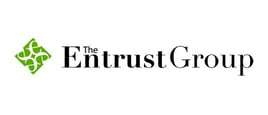
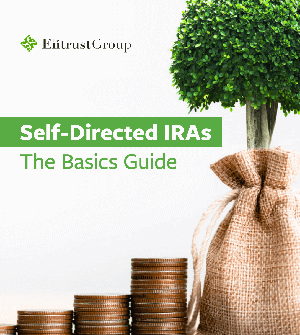






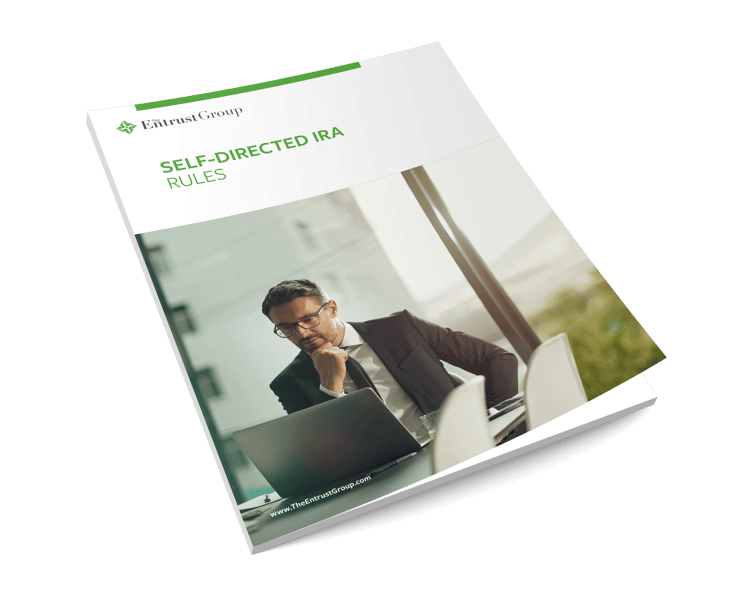
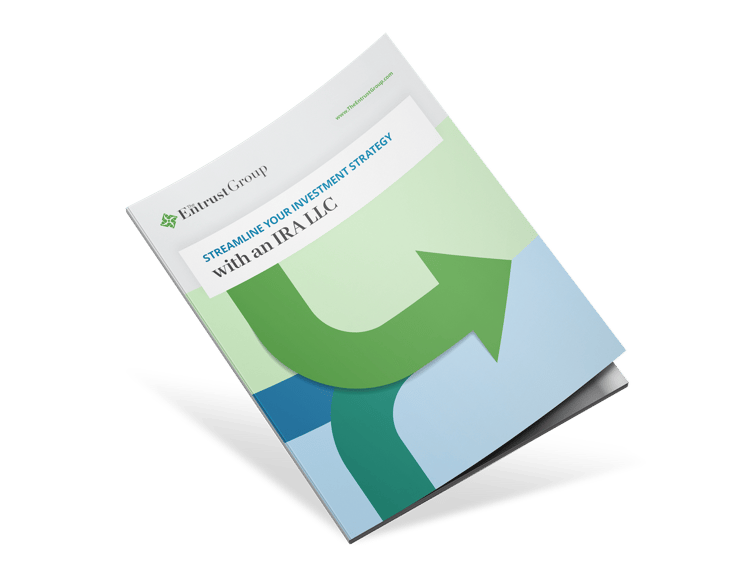

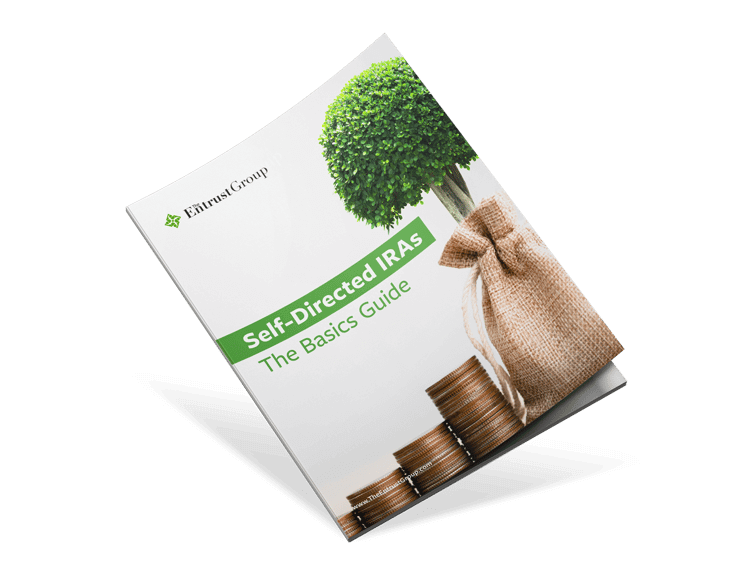


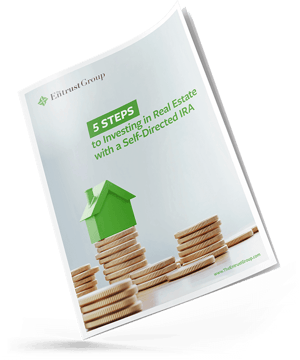




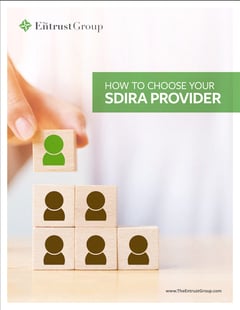
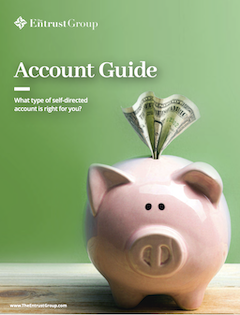
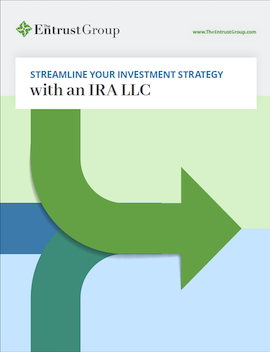

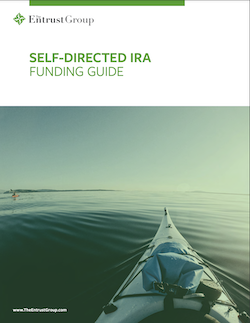
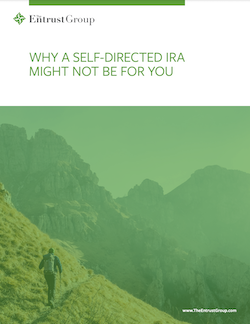
0 Comment